Fame and the Artist: Albrecht Dürer 2/12
1/10
Earn XP
Description and Tags
BGSU ARTH 1460
Name | Mastery | Learn | Test | Matching | Spaced |
|---|
No study sessions yet.
11 Terms
Emerging ideas
1. Idea of Art as “Liberal Art,” and of artist as sovereign genius
2. Relatedly, idea that art could bring FAME, accelerated by PRINTMAKING and embodied—or represented—in artists’ self portraits
3. Prints have a very fragile relationship to authorship — who is the artist, and what exactly is his property?
4. Idea that art, and artists, are becoming too self-important (at the expense of its religious subject matter
What artists are all alive at the same time?
Leonardo [1452]
Albrecht Dürer [1471]
Michelangelo [1475]
Giorgione [1478]
Raphael [1483-1520]
Titian [1588]
Background info on Albrecht Dürer
Albrecht Dürer Born in Nuremberg, Germany Son of goldsmith Apprenticed to printmaker who makes the “Nuremberg Chronicle,” 1493 (an illustrated history of the world)
•Travels to Venice in 1494-95 •First exposure to humanism and ideas of painting as “liberal art” and classicizing art of Italy
Albrecht Dürer, Self-portrait, 1493. Oil on panel. Musée du Louvre, Paris.
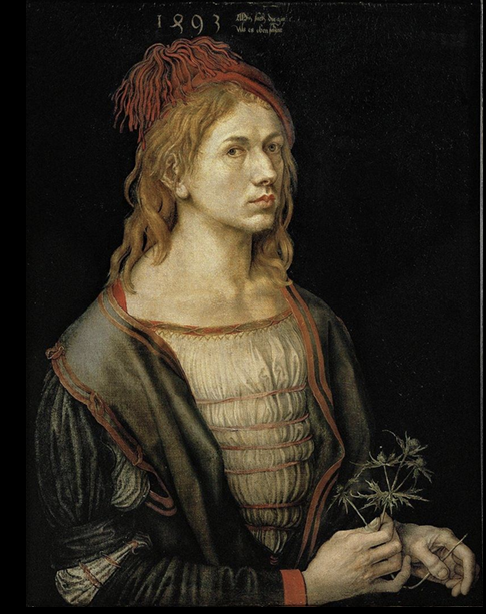
Albrecht Dürer, Self-portrait, 1498. Oil on panel. Prado Museum, Madrid
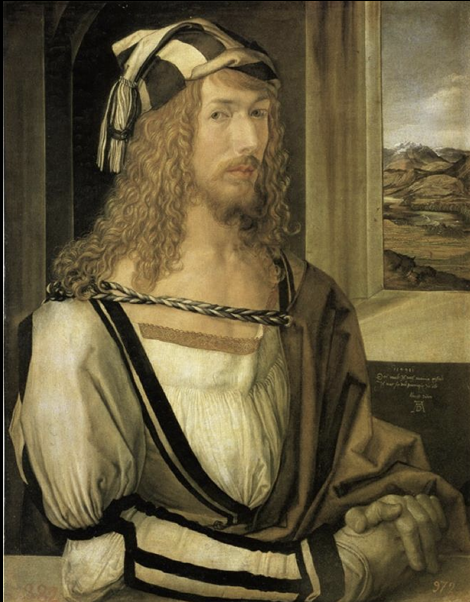
Albrecht Dürer, Self-portrait, 1500. Oil on panel. Alte Pinakothek, Munich.

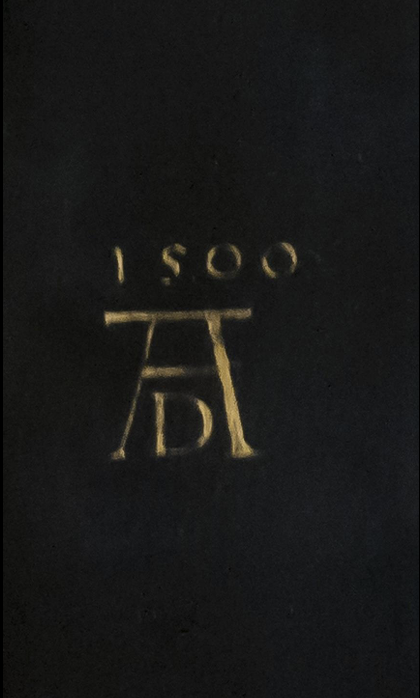
What is this?
MONOGRAM—personal sign attached to documents or commercial items

Albrecht Dürer, Adam and Eve. 1504. Engraving.
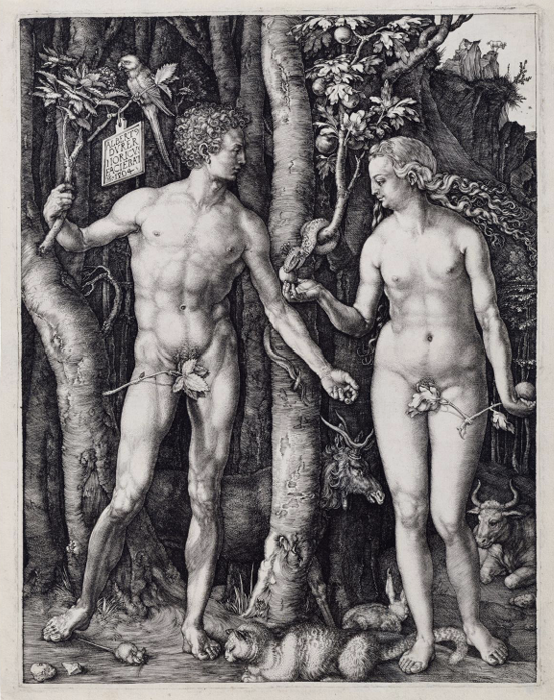
Albrecht Dürer, Four Horseman of the Apocalypse, 1498. Woodcut
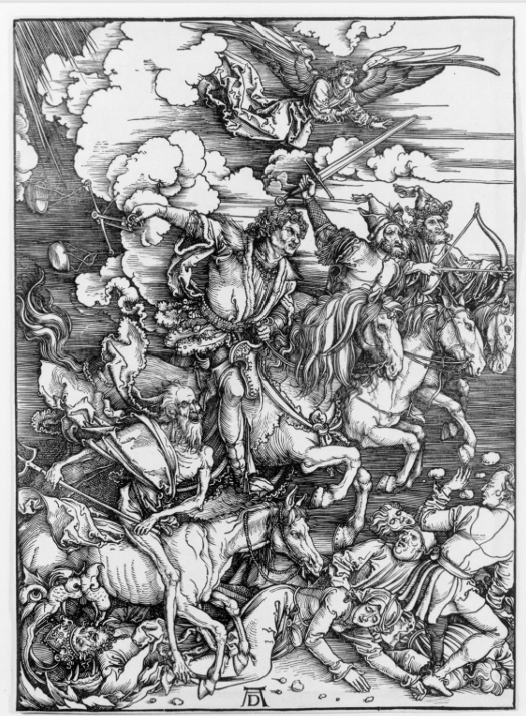
Dürer, Small woodcut of the “Life of the Virgin”, 1510.
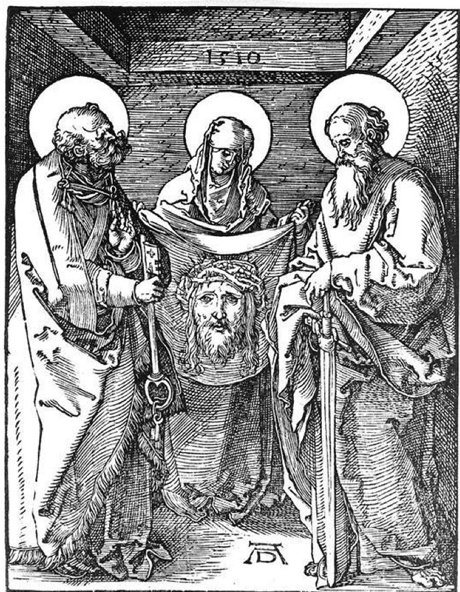
![<p>Dürer, Small woodcut of the “Life of the Virgin”, 1510. [L]<strong> VS. </strong>Raimondi’s woodcut of the “Life of the Virgin”, 1510 [R]</p>](https://knowt-user-attachments.s3.amazonaws.com/4e0b83c9-ef35-4e6b-a823-3a331b379686.png)
Dürer, Small woodcut of the “Life of the Virgin”, 1510. [L] VS. Raimondi’s woodcut of the “Life of the Virgin”, 1510 [R]
Prints raise complex issues regarding authorship: who is the maker?
•Marcantonio Raimondi mechanically copies Dürer’s woodcuts—without Dürer’s consent—and sells them for enormous profit.
•Dürer goes to the Venetian Senate in 1505-6 to sue Raimondi for “intellectual copyright” or “criminal plagiarism” (the first such case in the Western tradition)
•Venetian Senate rules that the only thing that “belongs” to Dürer is his monogram—connected to his person—while the style and artfulness, because they depict religious subject matter, are not his property, but everyone’s. Also, woodcuts were meant to be copied, Senate insists
